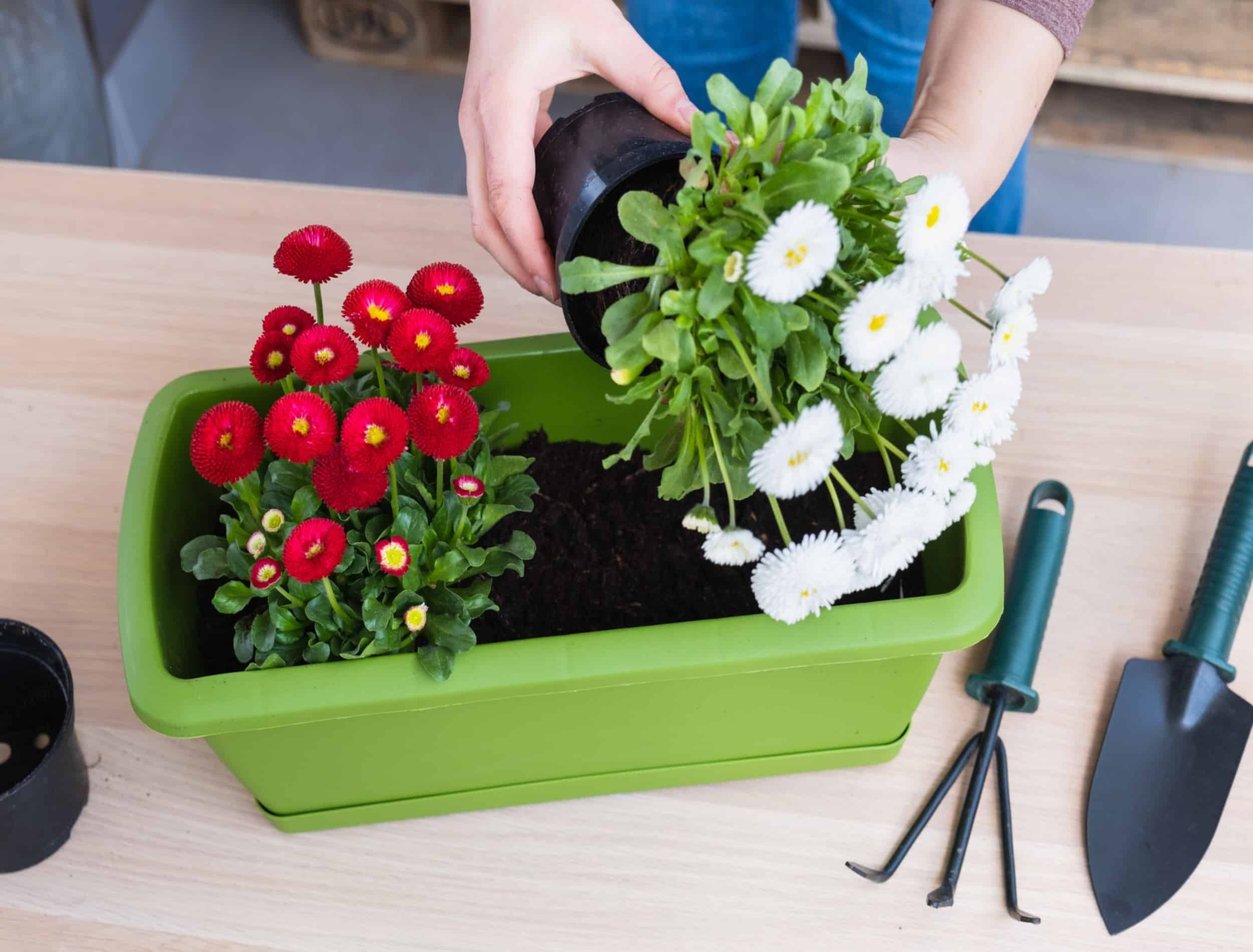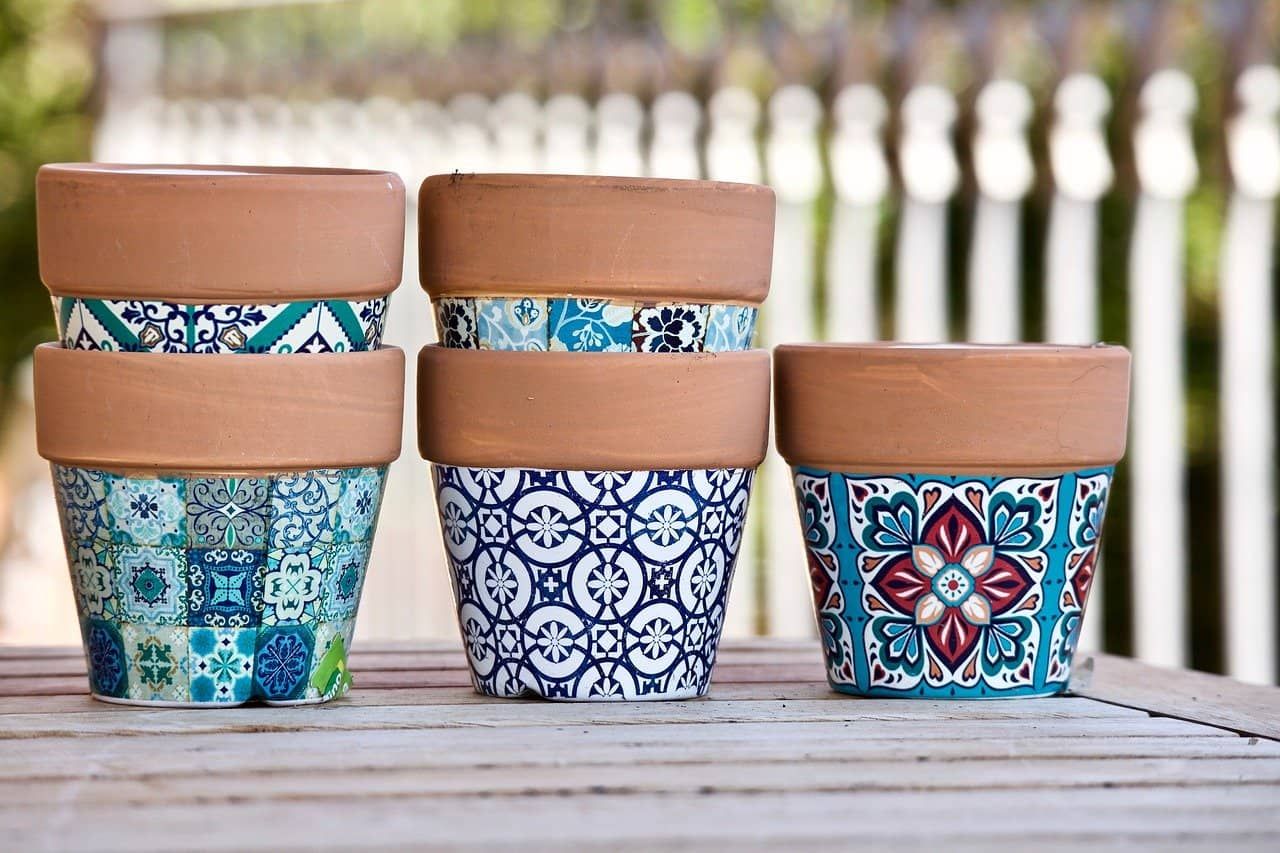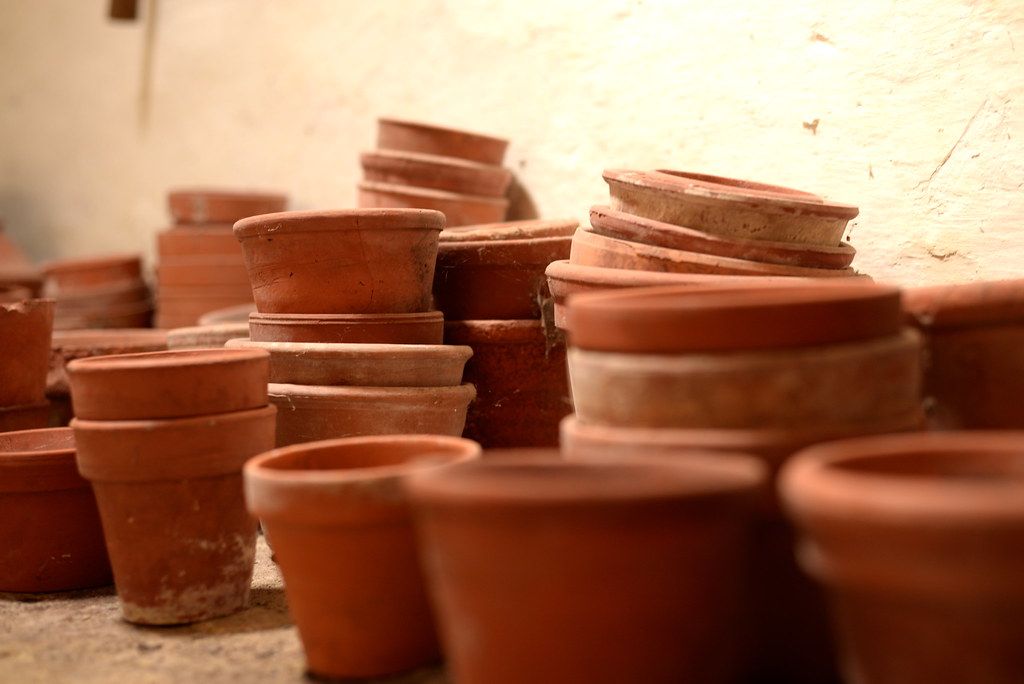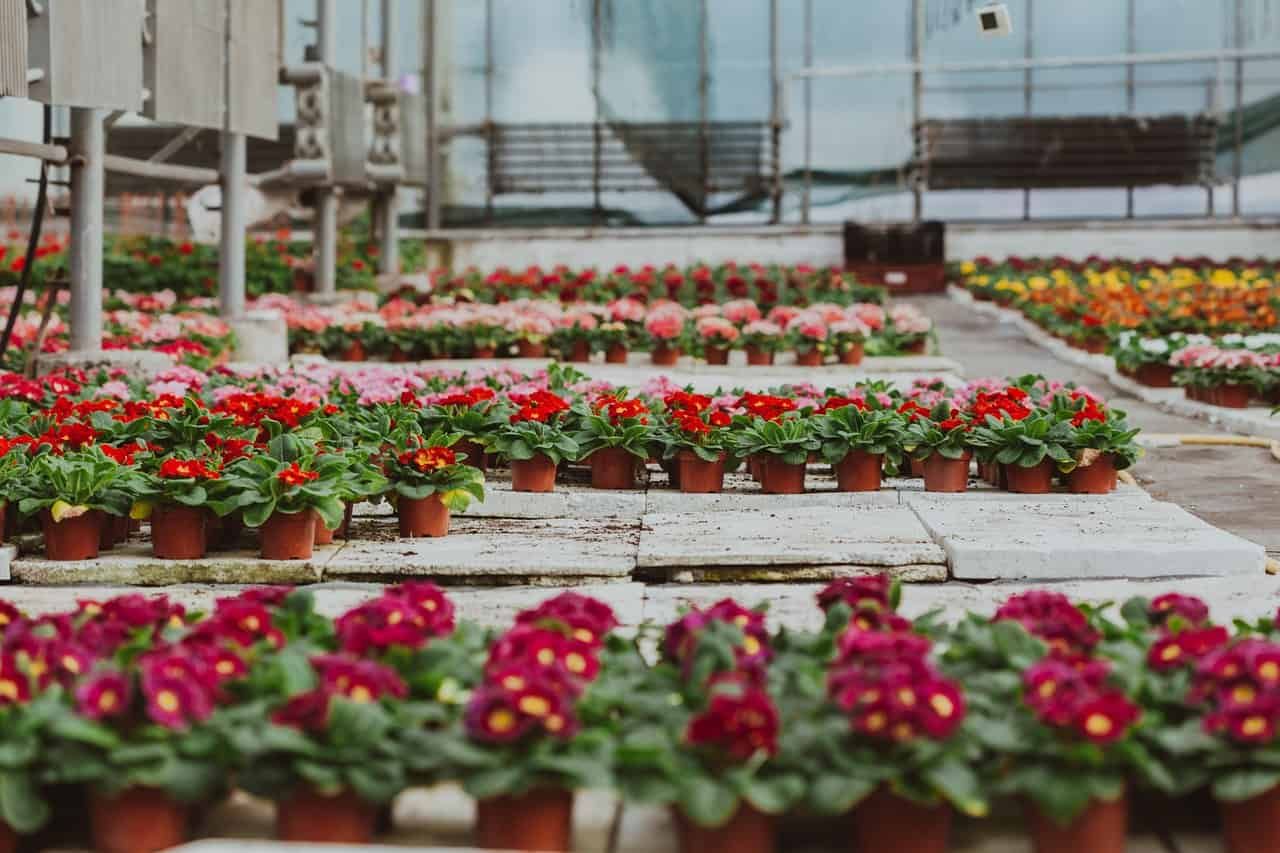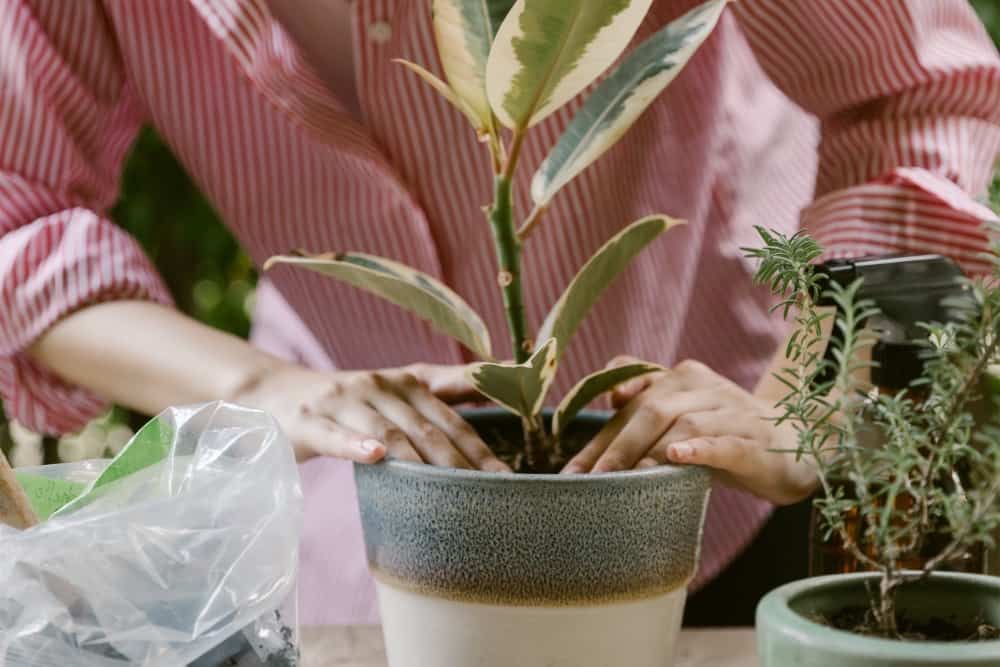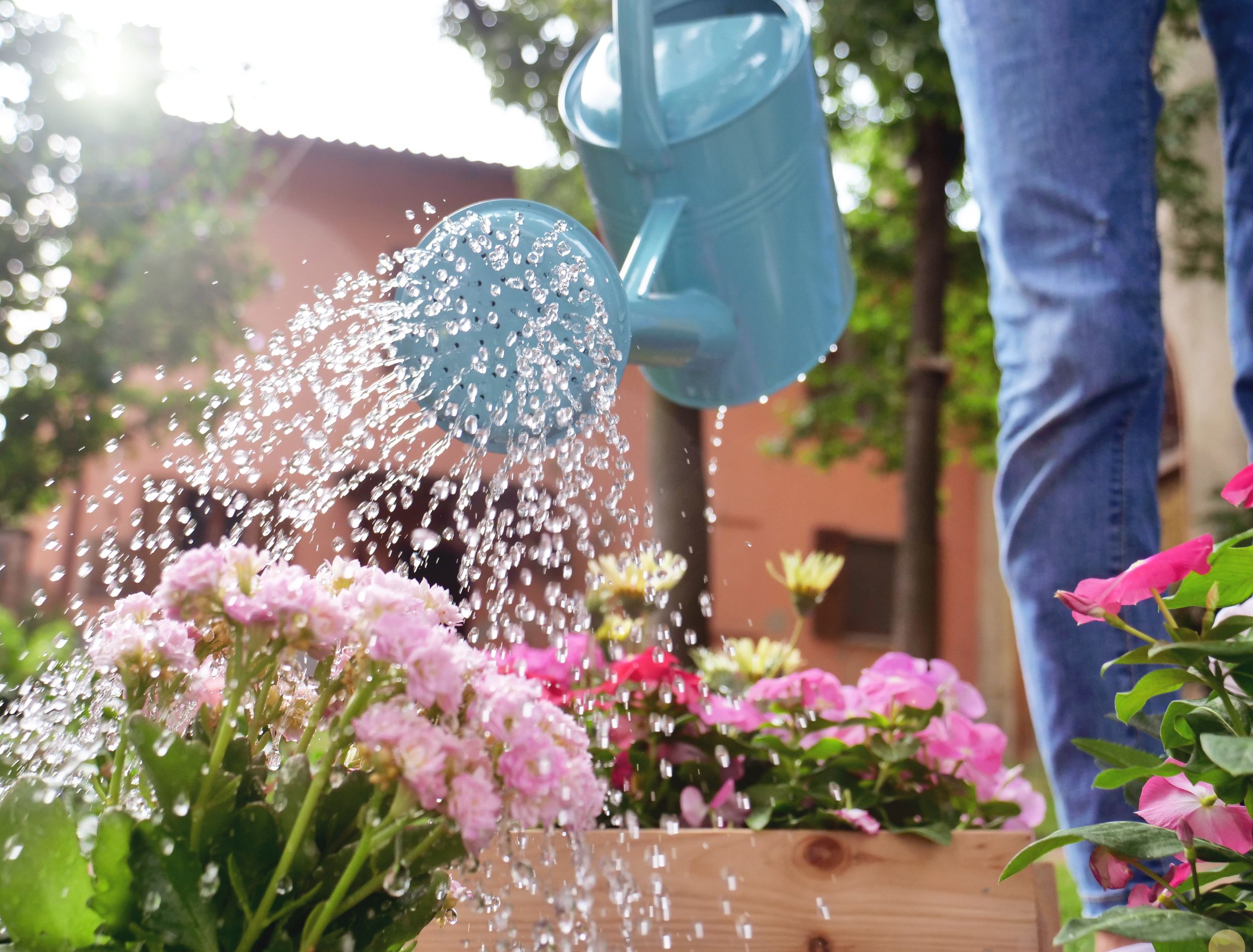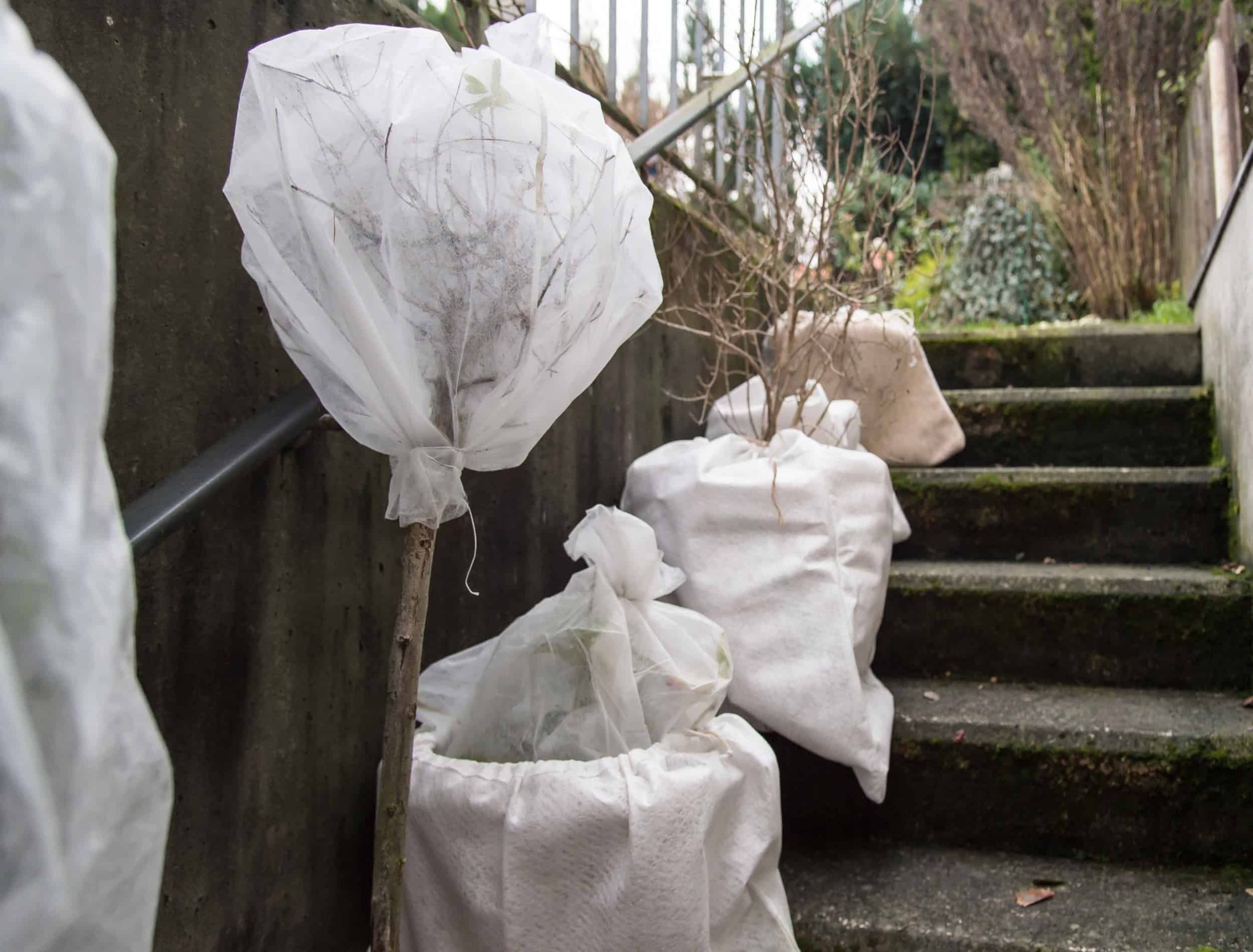Container gardens are an excellent solution for those who live with limited outdoor space, but did you know potted plants also make a great addition to your garden and backyard? You can move them around to suit your space and needs and change their location based on sunlight and temperature to encourage plant growth.
While you may have planted perennials before or grown some veggies in containers, there are a few tips to keep in mind to ensure your container perennials thrive and return the following year. Below, you'll discover the essential tools followed by a step-by-step guide, as well as some tips for overwintering, so you'll be fully prepared to grow perennials in containers.
Tools You'll Need for Container Planting
Image credits: sweetloiuse via Pixabay
Before you begin planting your perennials in containers, there are a few tools you'll need to get the job done. Find all the essentials below.
- Your choice of perennial(s)
- Well-draining pot or container
- High-quality potting mix
- Gardening gloves
- Hand trowel
- Watering can or hose
- Fertilizer
How to Get Started
Step 1: Choose a Container
Image credits: mattcornock via openverse
The first thing to determine when planting perennials is the type of pot you'll be using. You can choose anything from large to small floor planters, window boxes, and even hanging baskets. Drainage is the number one thing you need to consider If the pot doesn't have a drainage hole, the plant will be susceptible to overwatering.
If you intend to overwinter your perennials in their containers (more on that later), it's crucial to choose a pot that can handle the harsh freezing and thawing cycle that will occur outdoors in the winter. In general, perennials have bigger roots than annuals, so a larger pot is beneficial since more soil surrounding the roots of the plant means they'll get more insulation during the winter.
Step 2: Select Your Plants
Image credits: Julia Filirovska via Pexels
Once you've got a container picked out, shop around for some of the best perennials that grow in containers, such as lavender and sedum. Remember to choose plants that have similar light and watering requirements if you intend to group them in one pot. Also, remember that many perennials have a short bloom period. This means you should love the foliage as much as you love the flowers!
You should also opt for plants that look good together. While this is ultimately subjective, the colors and foliage should be complementary and the final look should be well-designed. Choose a perennial that you'd like to be the center of attention, as well as fillers that will add dimension and spillers that will overflow out the sides to create a fuller-looking container.
Opt for compact, molding, or clumping perennial plants over spreading perennials. The latter can outgrow their pots quickly, though it's important to remember that perennials in containers usually won't reach full maturity.
Step 3: Plant the Perennials
Image credits: Ketut Subiyanto
Spring or fall are the best times to plant your perennials. To do so, fill the bottom of the container with well-draining soil and opt for a pH in line with your specific perennials' preference. Start by placing your focal plant, followed by the filler and spiller plants. Ensure the roots are loose enough to spread and grow into the new pot. Once you've achieved the desired look, fill in the gaps with soil. Carefully pat the soil down, ensuring there is about an inch of space between the top of the pot and the soil.
Step 4: Care
Image credits: HQuality via Shutterstock
Like many plants in containers, perennials in containers will require more frequent watering. You may even need to water once a day during the warmer months. Check that the plant requires watering by sticking your finger in the soil. If it's still dry about an inch below the surface, it likely requires watering. Remember to use a high-quality fertilizer to feed your plants nutrients.
Also, check the requirements for each perennial to ensure it's getting the right amount of light. The great thing about containers is that you can move them around if need be! Remember to deadhead your plants and remove any dead foliage regularly to maintain its appearance. Also, repot them when necessary.
Overwintering Perennials in Containers
Image credit: Tanja Esser via Shutterstock
After going through all the steps to creating, planting, and growing your perennials in containers, you probably want them to last through the winter. This is where overwintering comes in. This simply means protecting or sheltering your plants during the freezing temperatures of the winter.
The first option is to transplant them into the garden. Temperatures fluctuate more above ground than they do below, so it's best to plant them. You can either replant or bury the pot, depending on what you'd like to do come spring.
You can also overwinter them in their containers. If you're doing this with more than one pot, group the containers together, beneath shelter and on the ground. Also, cover the pots with some sort of insulating material, such as plastic or burlap.
No matter what you choose, remember to water the plants thoroughly before the first expected freeze so that they can use it as a reserve. Last but not least, all perennials require dormancy, so it might be a good idea to leave them outside over winter and prepare them for the temperature difference with the facts provided in this article! Don't worry, they'll grow back in the spring.
Let the Planting Begin!
Perennials in containers are a convenient and beautiful addition to your outdoor space, and they're also incredibly easy to plant and care for. Choosing your plants and pots are important steps within the process, as are properly planting and caring for the perennials to ensure they continue to thrive.
Will you be adding perennials in containers to your garden this year? Let us know in the comments below!

